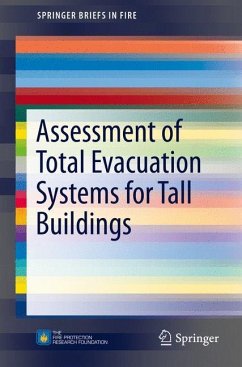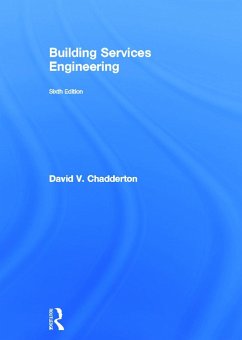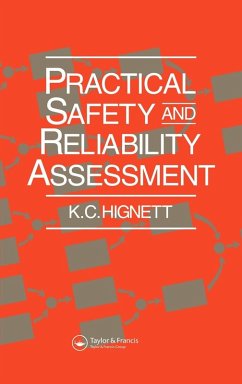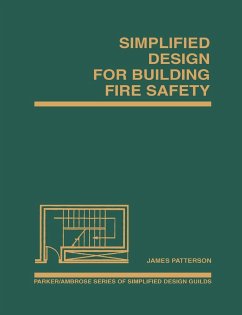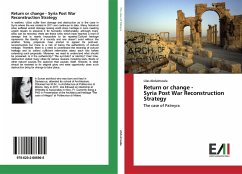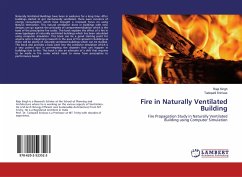Ganapathy Ramachandran, PhD, DSc, FIFireE, MSFPE, held senior scientific appointments for 23 years (1965-1988) at the Fire Research Station, Borehamwood, Herts, UK. Since retiring in November 1988, he has been practising as a private consultant mainly in research problems in the application of statistical, probabilistic and economic techniques to fire risk evaluation, fire protection engineering and fire insurance. He is the author of Economics of Fire Protection (1998) and co-author of Evaluation of Fire Safety (2004). He is currently a Visiting Professor at the University of Leeds, UK. He has more than 45 years of experience in the field. David Charters, PhD, CEng, MIMechE, FIFireE, MSFPE is Director of the Fire Engineering Analysis Group at BRE. He previously held the position of Director at Arup Fire, and has more than 23 years experience in the field. He is a past president of the Institution of Fire Engineers, and is currently a Visiting Professor in Fire Risk Analysis at the University of Ulster, UK.







